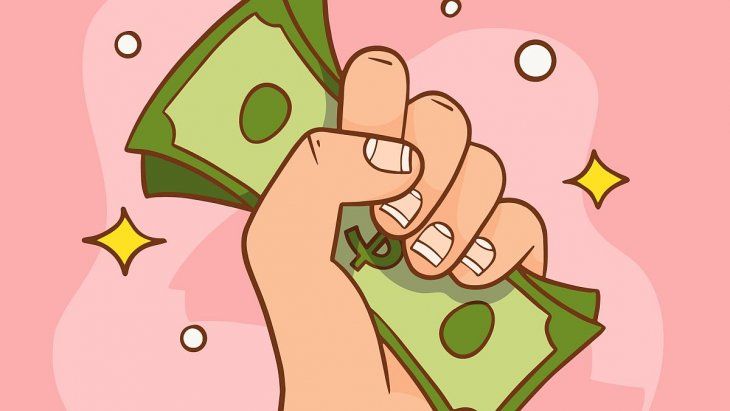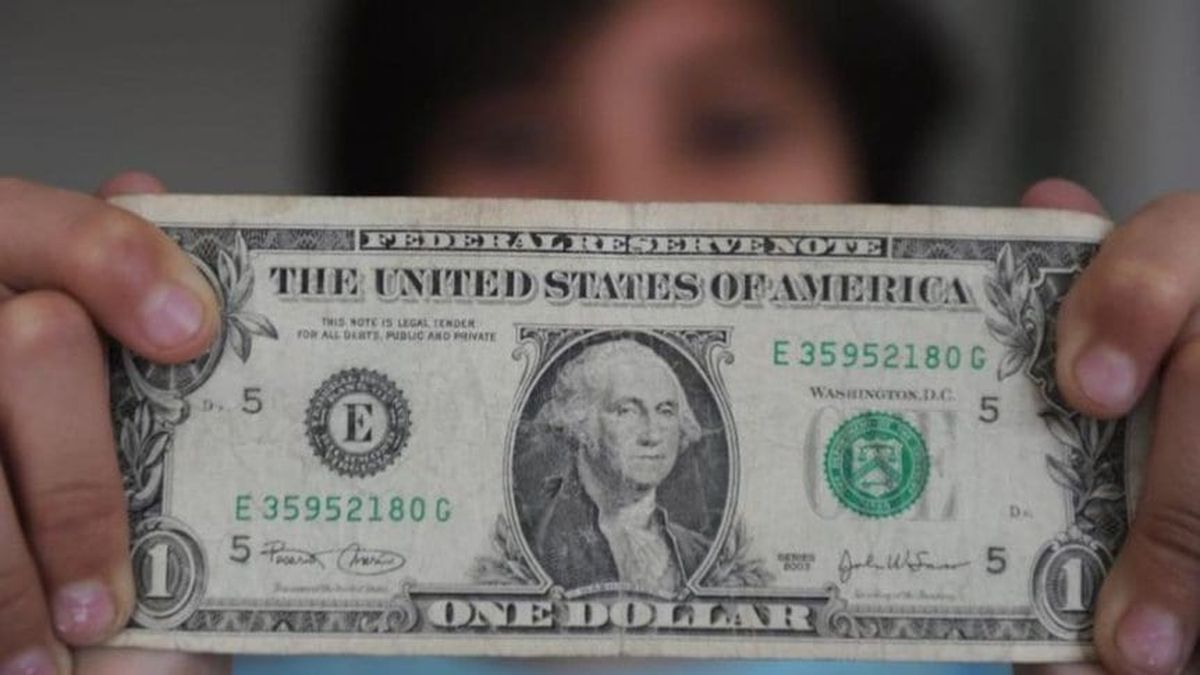The blue dollar closed at $995, continuing below the psychological barrier of $1,000. The MEP dollar settled slightly above that line. What will happen to the quotes?
Dollars closed the week with losses of around 5% in all free variables.
Dollars closed the week with losses of around 5% in all free variables. This Friday, prices rebounded slightly and cut the loss although they closed another week lower. For savers, a question arises: is it time to buy or sell?
The content you want to access is exclusive to subscribers.
The blue dollar closed at $995, continuing below the psychological barrier of $1,000. The one that traded above that line again is the MEP, which after closing Wednesday and Thursday at the nine hundred and ninety line, settled at $1,003. For its part, Cash with Settlement is approximately 4% above MEP and Blue and closed the week at $1,040.


Dollar: what do analysts predict?
“Since the 118% devaluation, there has been a phenomenon that people see as a phenomenon called inflation in dollars, economists call it an appreciation of the peso. If we look at the price of the financial dollar since October, it is worth the same. At some point it touched 1100, now it is below 1000, but rounding up we are around 1000. In the midst of all that, we had fierce inflation, it would be the pre-election of the last two months until Javier’s inauguration, and then From the devaluation we had another inflationary flash. This makes our prices in dollars expensive. These things happen because in some way there are surplus dollars, but it is not that there are surpluses for everyone, they are surpluses in the financial market. We must not forget that we continue with a trap that is even more rigid than in the previous administration,” he said. Mariano Fernandezeconomist at UCEMA,
In statements to Milenium radio, he added: “Companies, faced with the recession, have to assume costs and go out to liquidate positions in dollars. The same goes for families. The real salary has liquidated by 33% since October. Half of that is explained by the devaluation. With a real fall of 33% in registered wages, I don’t even want to imagine in terms of real income from informal wages, where the volatilities are much greater. This fall in wages makes the few dollars that people have , they go out and liquidate them because they don’t pay the salary.
dollar.jpg

And he added: “The other source is that when you flattened the financial dollar, first with a poorly designed strategy not only of the devaluation itself but of the devaluation pattern that Caputo sets monthly, he devalued, he put the official dollar at 800, he lowered the gap and from there the official dollar will run at a rate of 2% monthly. This means that those who have their portfolios in dollars, and who earn profitability in dollars, obtain strong profits and returns even with negative real interest rates. in dollars, because the investor’s risk was lowered because they were told that the officer was not going to be touched for a period. It is clear that for three, four or five months he was not going to be touched, which is what is happening. There you see that the country risk falls, but not because Argentina is more credible, but because of the algorithm that increases the demand for bonds and the bonds begin to rise in price. There is a foreigner or a non-resident or a resident who has dollarized portfolios that goes out to make differences in dollars. At some point this ends and when it ends is when these people take out those investments they have in pesos and convert them to dollars to make a profit and that is when the dollar jump comes. The issue is that salaries are going to continue falling.”
For his part, the economist Gustavo Berstated: “Without changes in the crawling-peg at a rate of 2% and with the accumulation of reserves advancing at a very good pace, operators are attentive to the evolution of said dynamics, especially as the situation continues to deteriorate. competitiveness, given that it is essential to be able to move forward in the future with the unification and exit of the “stock”. After the significant accumulated decline, financial dollars are finding a floor in the $1,000 area since greater demand would be activated, The gap is around 20%, waiting for political and economic signals within a context where the supply of foreign currency for exports and a recession that pushes many participants towards “decanuto” is still imposed.
dollar-blue-cave.jpg

Argentine News
Meanwhile, the analyst Fausto Spotorno considered: “You have three effects that are hitting at the same time on the decline of the blue dollar. On the one hand, it is true that with the current recession, there are many SMEs and entrepreneurs who are liquidating dollars or savings they had. (..) Something also happens with the imports that many companies stocked up on products last year. This has meant that demand for imports is reducing this year, and even more so with the recession. “The amount of pesos is not growing with inflation, so there is a lack of pesos to pay for everything that has increased.”
“It is clear that the government’s number one objective is to lower inflation, so the exchange rate delay is not a priority. In general, in low inflation processes, it should not be surprising that the exchange rate delay accelerates. “It is more difficult for you to have a process of low inflation without exchange rate delays,” he said in radio statements. And he concluded: “We have to see what happens with the exit of the stocks. It could also help the exchange rate turn around.”
Source: Ambito
I am a 24-year-old writer and journalist who has been working in the news industry for the past two years. I write primarily about market news, so if you’re looking for insights into what’s going on in the stock market or economic indicators, you’ve come to the right place. I also dabble in writing articles on lifestyle trends and pop culture news.




